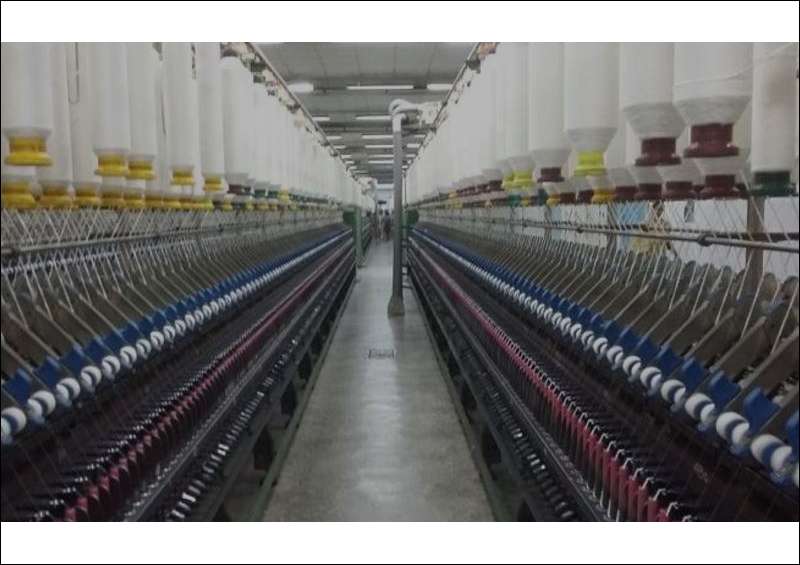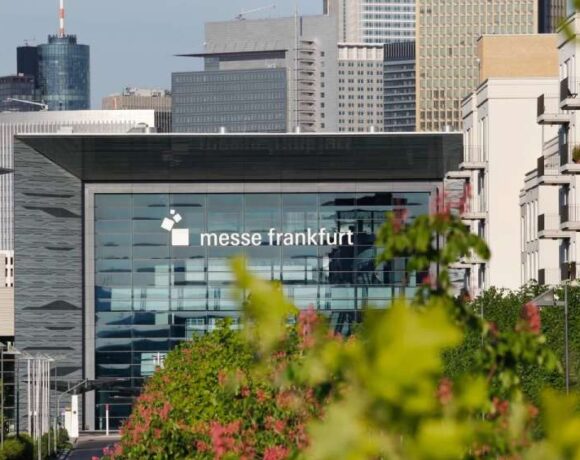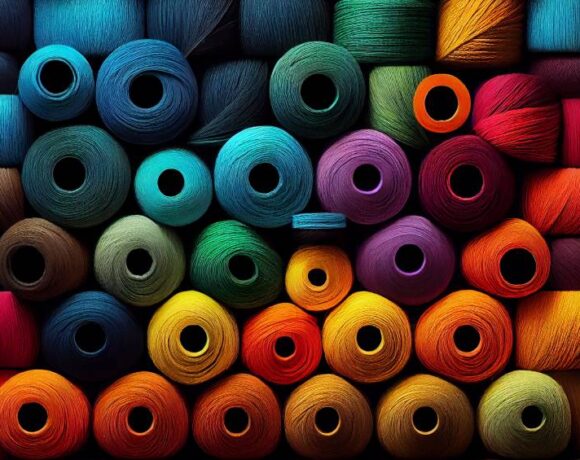Pakistani Textile Industry On Ventilator Support

Difficulties in the Pakistani textile industry, which accounts for 60 percent of Pakistan’s overall exports has been seriously affected by multiple factors in the last few years.
They include the Covid-19 pandemic, slowdown in orders from the US and the EU, rise in energy costs, critical state of the economy and months of political chaos in the country.
The textile industry in Pakistan was given several incentives and freed of several restrictions when the Covid-19 pandemic was in its last stages, earlier than regional rivals India and Bangladesh.
“Despite this, textile exports fell 15 percent to $16.5 billion in fiscal 2023,” the AFP reported.
“Two years ago, we were on a very high growth trajectory. We were confident that our exports this year would go to $25 billion,” said Hamid Zaman, Managing Director of Sarena Textile Industries.
“Unfortunately, when you have political instability and things are not clear, and the policies of the government are reversed, this whole thing has gone into a tailspin,” he told AFP.
The Pakistani textile and clothing sector employs around 40 percent of the country’s 20 million-strong industrial workforce.
But many factories have fully closed down in recent months or temporarily or are no longer running at full capacity.
“Perhaps 25 to 30 percent of all textile factories have closed. It is estimated that perhaps 700,000 jobs have been lost in the last 1.5 years,” Zaman added.
The devastating floods last year saw raw cotton output fall to an all-time low and industry could not import because of a freeze on imports imposed by the government to preserve its forex reserves.
Textile companies also saw the cost of capital rise significantly, contending with interest rates of more than 20 percent as the central bank sought to curb record-breaking inflation.
Pakistan finally managed to consolidate its forex reserves with the approval of a $3 billion loan from the International Monetary Fund (IMF) and additional assistance from UAE, China and Saudi Arabia.
“But that’s not a solution, it’s just getting deeper and deeper into debt,” said Kamran Arshad, Managing Director of Ghazi Fabrics International.
“The only way forward is enhancing Pakistan’s exports and creating an environment that is investor-friendly that would incentivise industrial production and activity,” he added.
One of the conditions of the IMF bailout was an end to subsidies on energy, leading to a sharp rise in the cost of electricity, which affects the competitiveness of textile companies.
“Our biggest challenge going forward is having energy prices that are substantially higher than those of India, Bangladesh, Sri Lanka, Vietnam and China,” said Arshad.
“Pakistan’s overall market share in the textile and garment industry was nearly 2.25 percent about two years ago. Now it’s down to around 1.7 percent,” said Aamir Fayyaz Sheikh, CEO of Kohinoor Mills.














